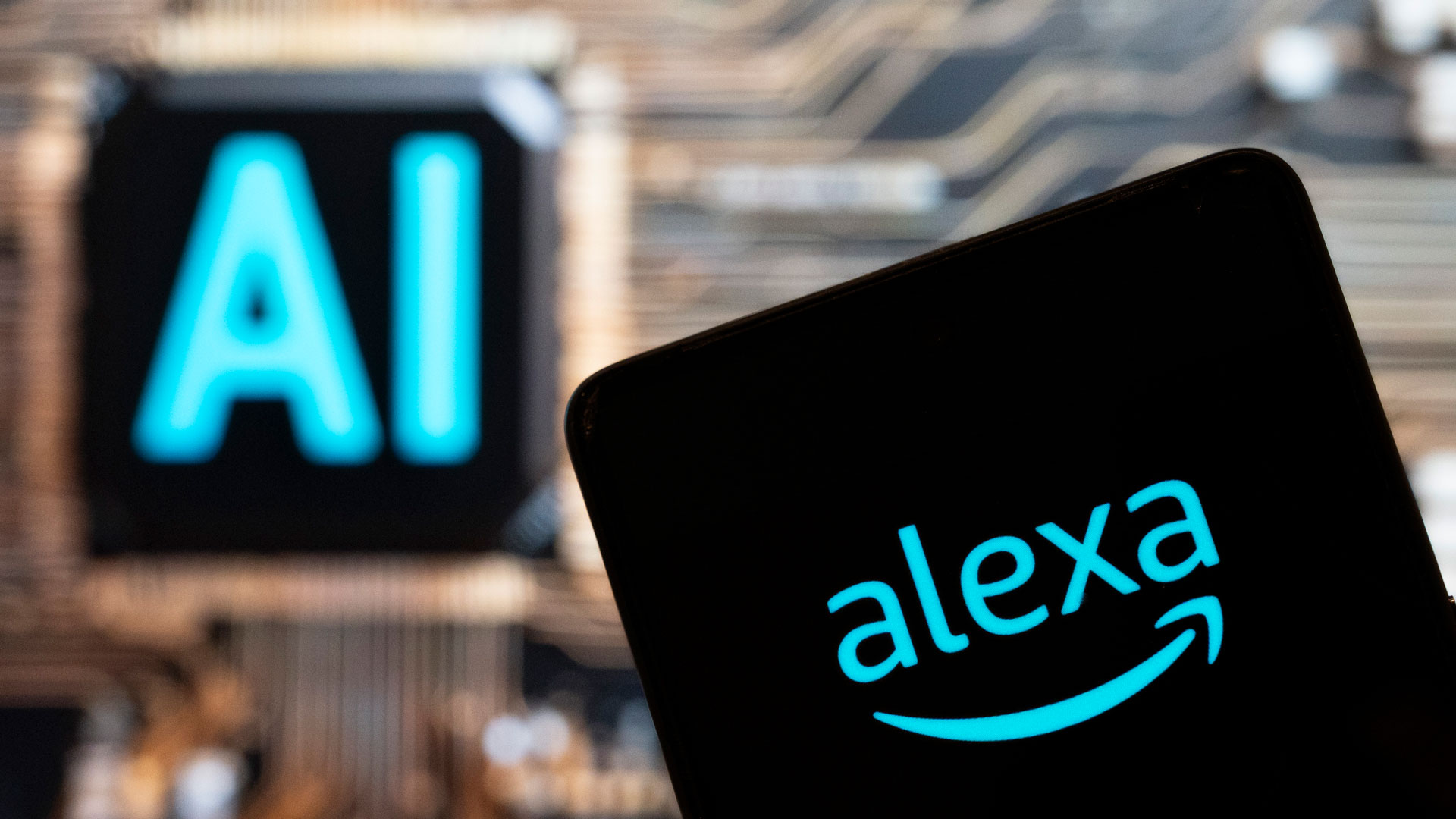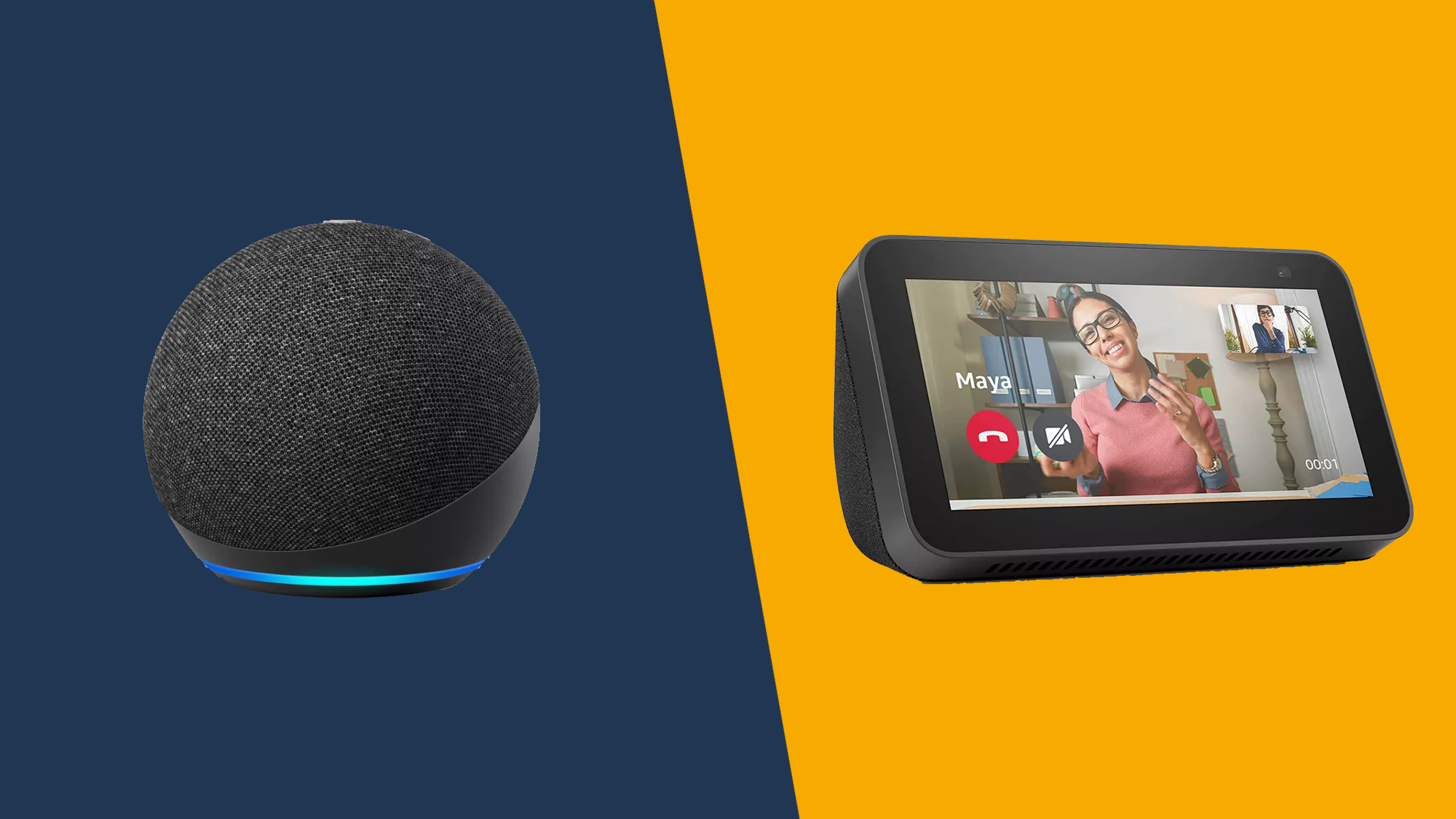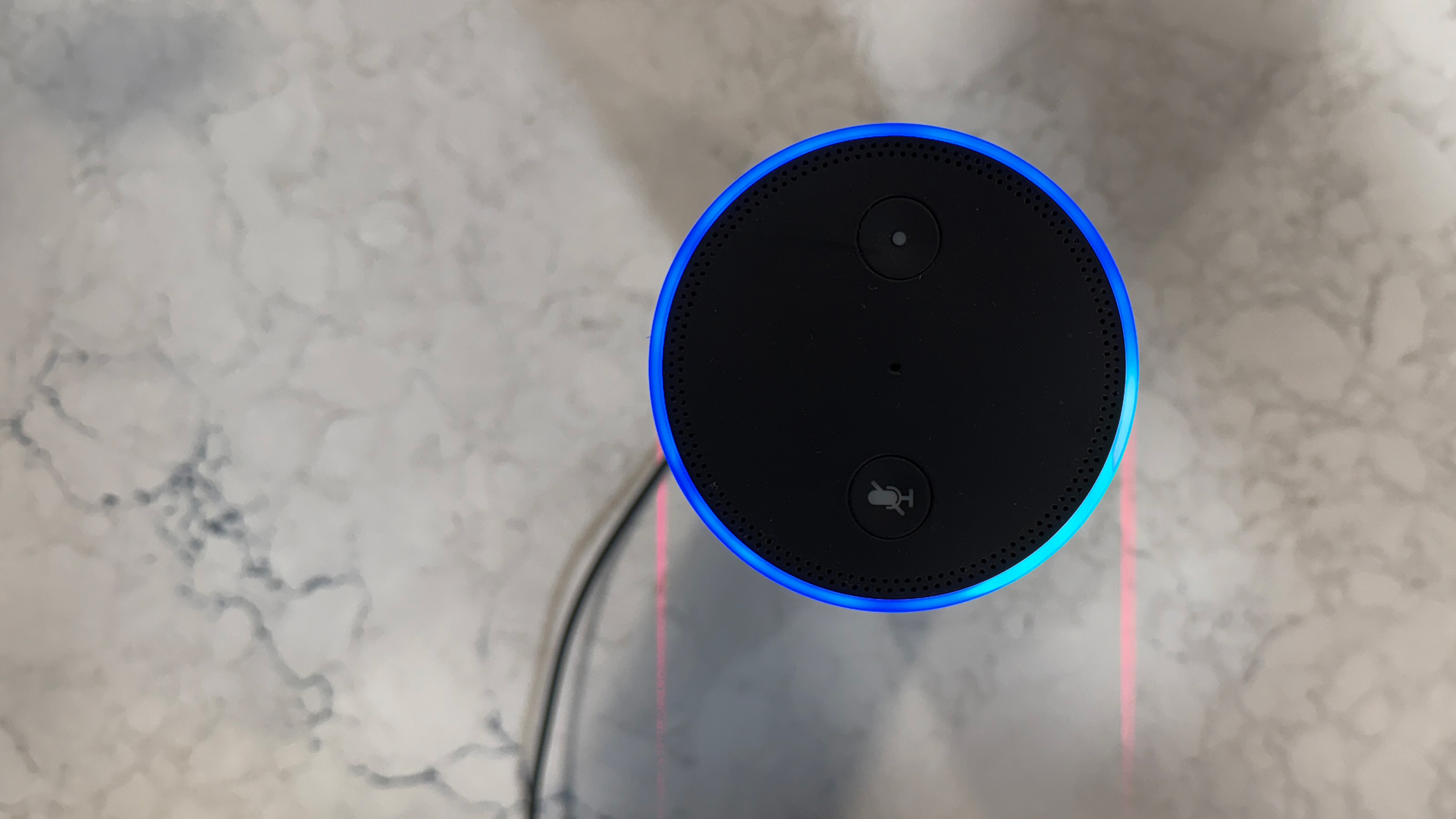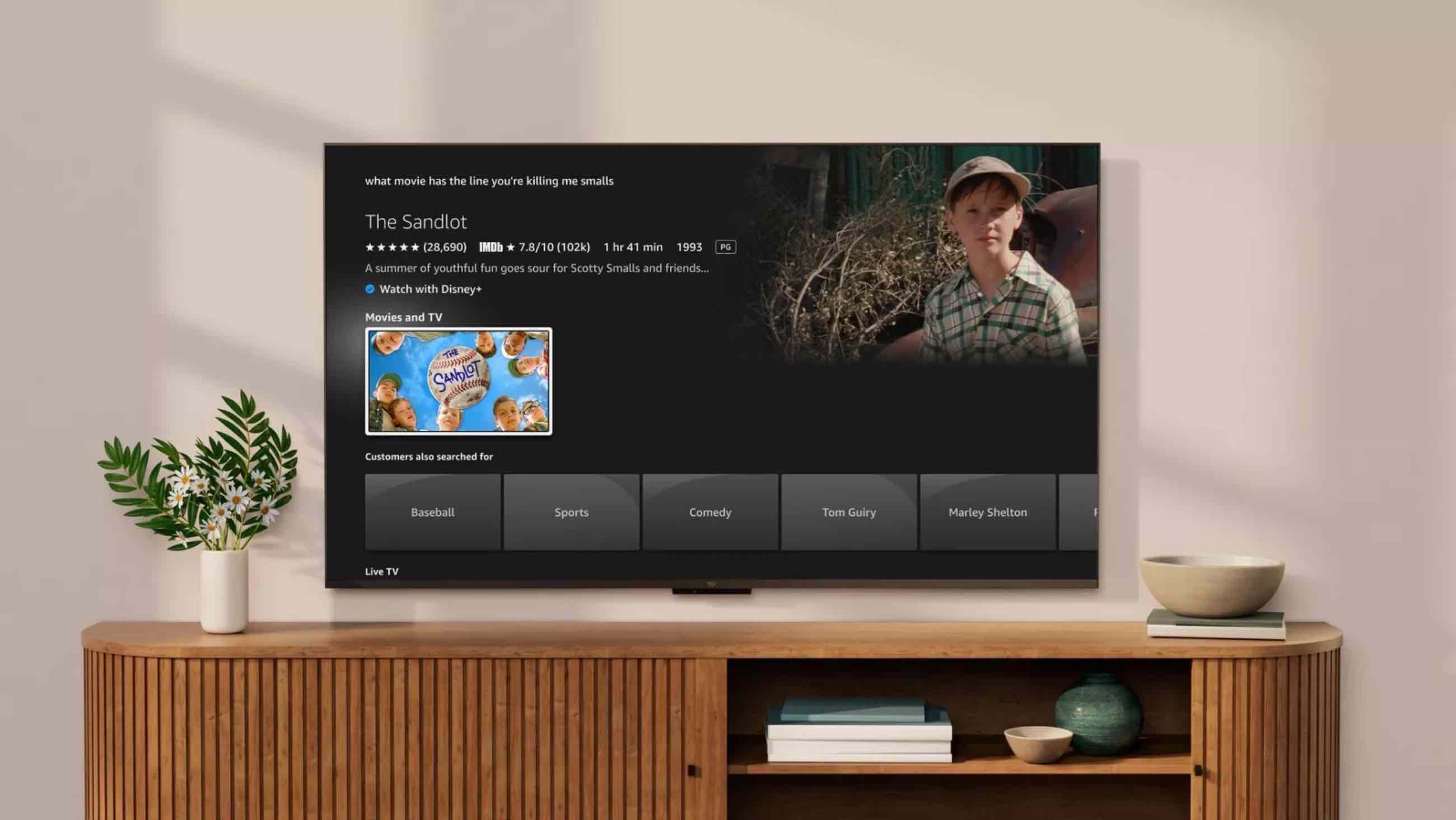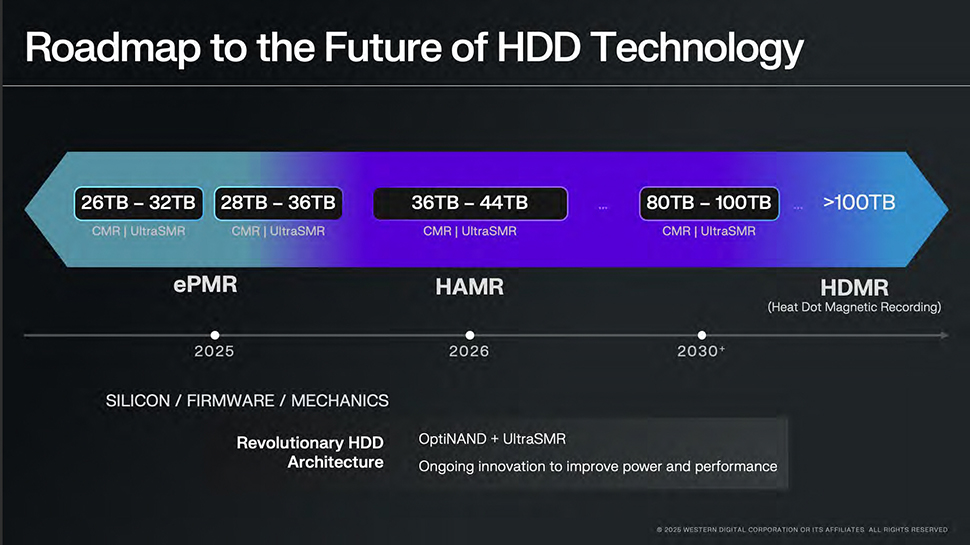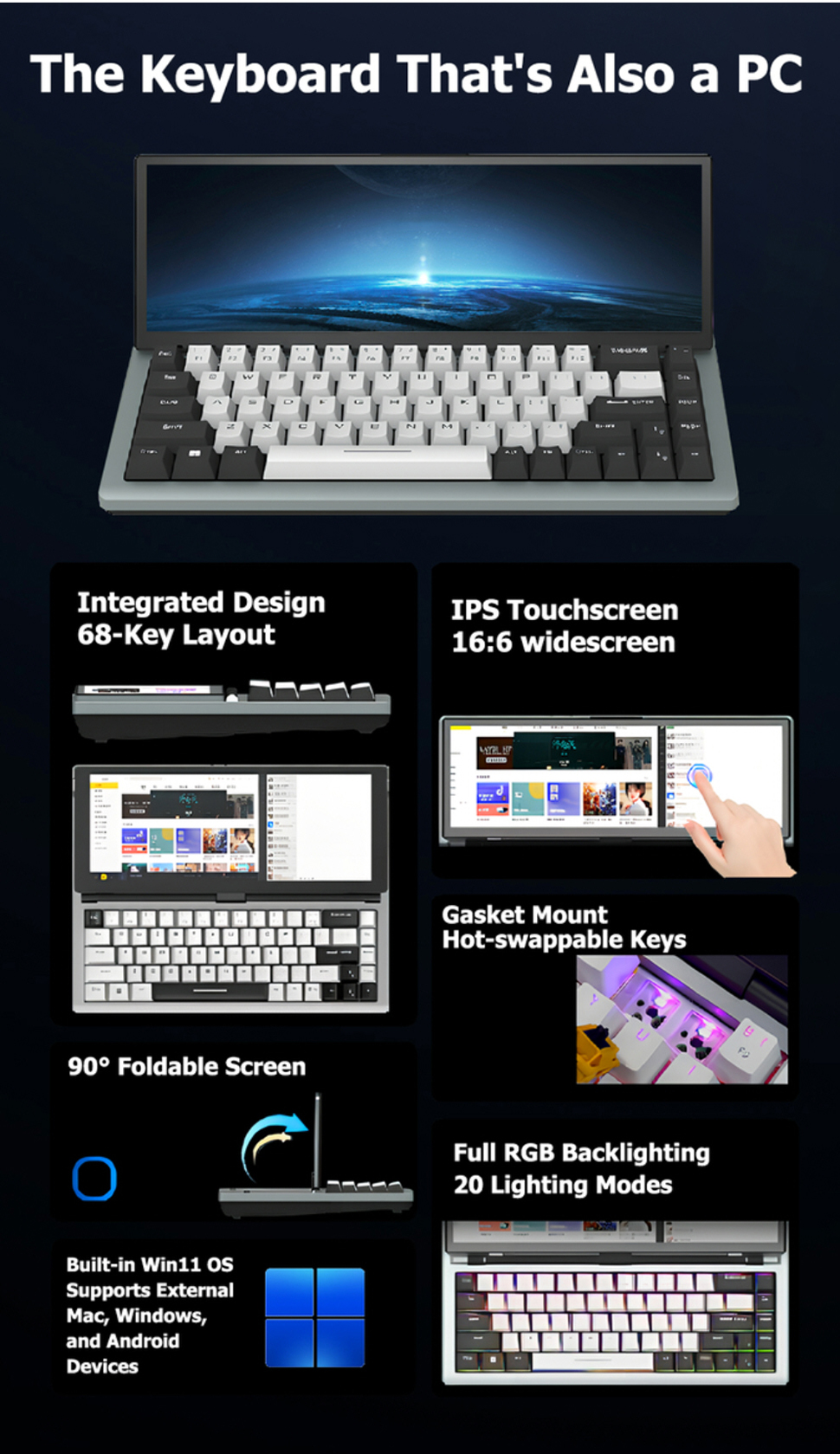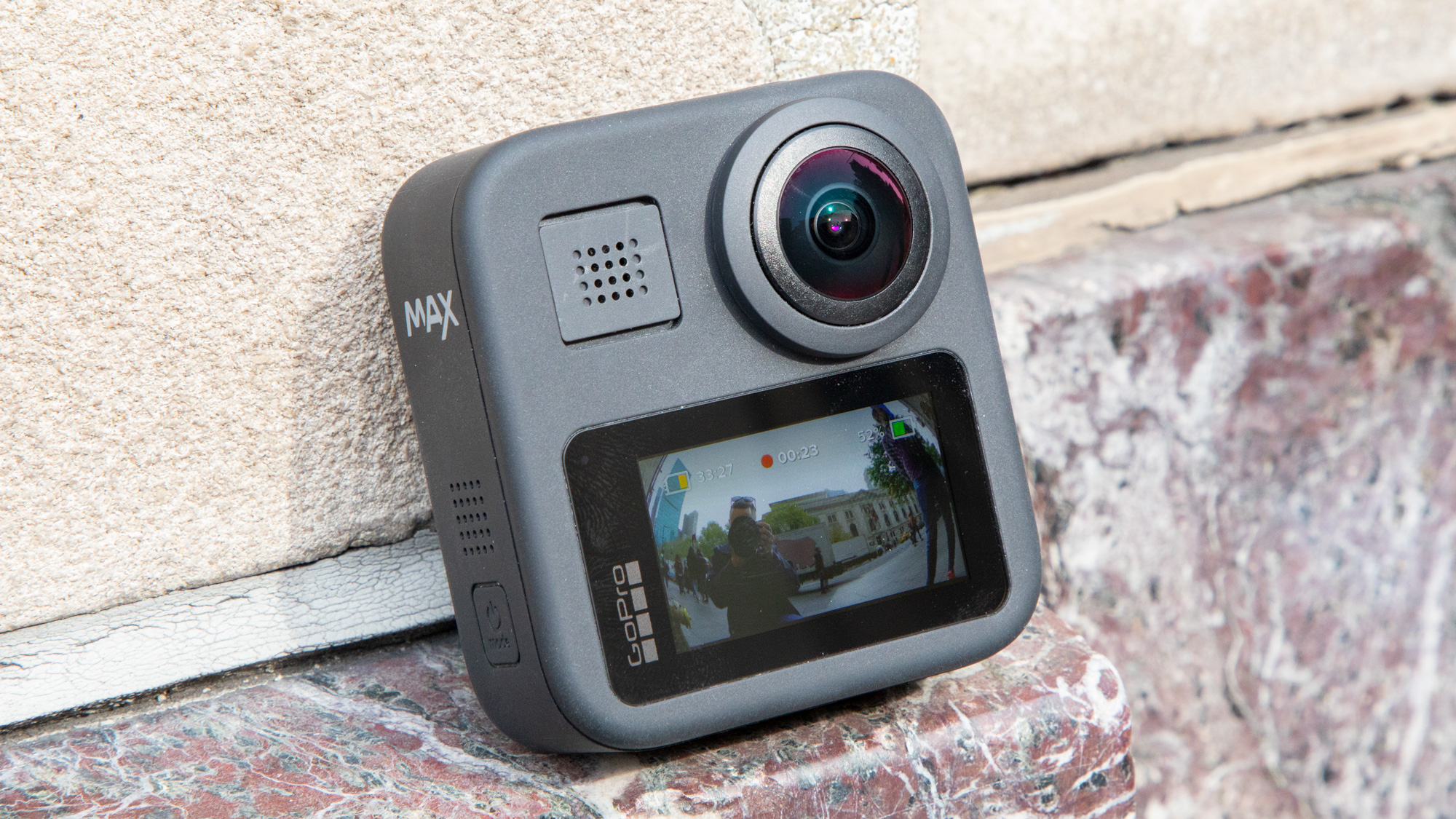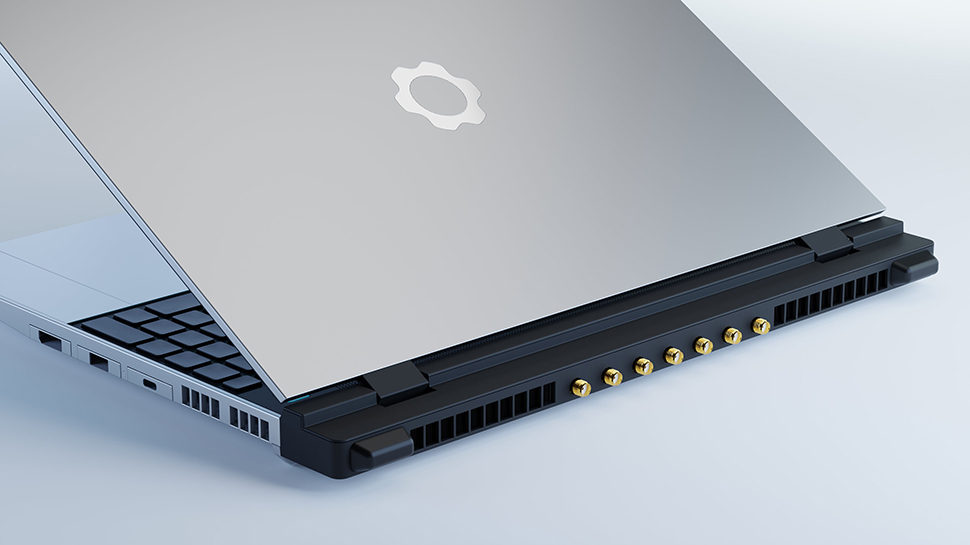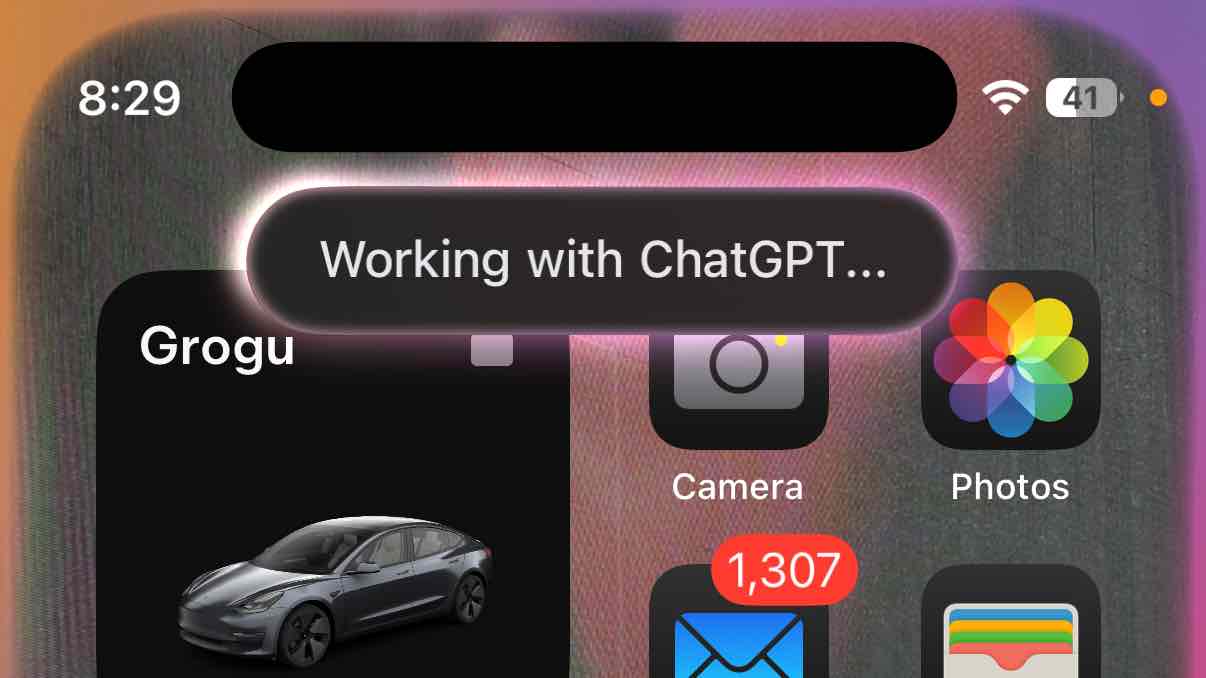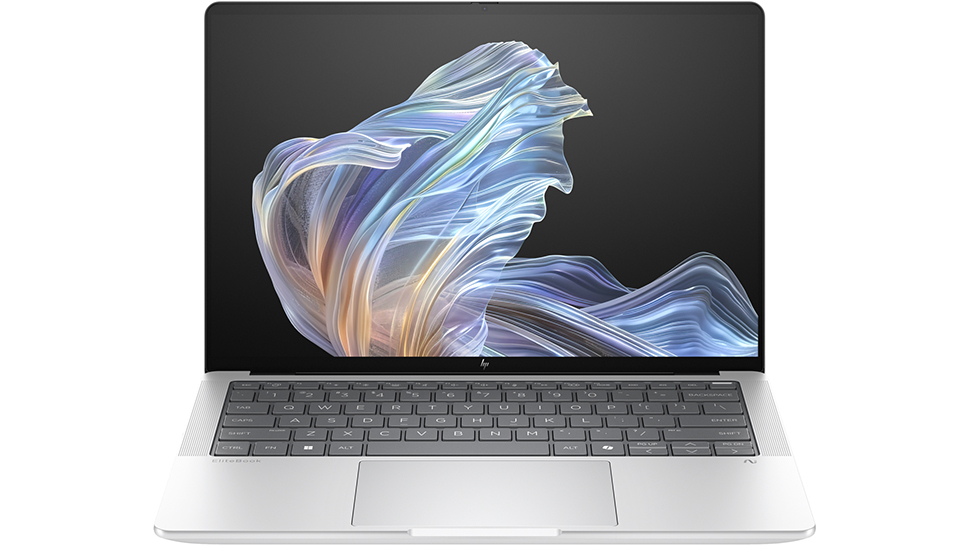- Oscar Nuñez will reprise his beloved The Office role in Peacock's new series
- The series doesn't have a name yet
- It is believed that producers wanted to keep Nuñez's appearance a surprise, but it was leaked
The Office was an absolute masterclass of comedy, and I consider it one of my favorite shows. I'll admit, I did feel a little apprehensive when I found out it was getting a Peacock spin-off show, but then again, it can't be as bad as the disastrous Prime Video attempt at The Office, right? Anyway, my interest in the new series has been piqued because it has just been revealed that Oscar Nuñez will be reprising his role as Oscar Martinez, and I'm so excited to see that character back again.
When it comes to Oscar's return, we know that he won't be the central character, so don't expect any Michael Scott style antics, we'll be seeing someone new in that role. Sadly, if you were hoping to see the likes of Pam, Jim, and Dwight, it seems Oscar is the only one returning to the office, and he'll be joining a new line-up of actors. As we understand it, this spin-off is set in the Office universe, but it's not a direct sequel.
According to Variety, producer Greg Daniels felt he "told a complete story for most of the characters — but if there was one character he’d like to revisit and explore, it would be Oscar.
Variety added: "It’s believed that producers were hoping to keep Nuñez’s involvement a surprise, but the news first leaked Wednesday via newsletter The Insneider."
What do we know about Peacock's The Office spin-off?
Right now, we don't know much! It doesn't even have a name and is currently known as the 'Untitled Daniels/Korman Project' (referencing the two producers Greg Daniels and Michael Korman). Hopefully we'll start to see some more details over the coming months though, as I am curious about this one.
We do have a loose plot, however, which is that we'll follow the staff of a dying Midwestern newspaper whose publisher is trying to revive it with volunteer reporters. So while it's not Dunder Mifflin, we've still got the paper connection, and it's going to be set up like a documentary using the same crew who filmed The Office. So this could explain why Oscar has found himself here, whether he's working for the new company or he's simply got experience being a documentary subject.
You might also like
- I'm obsessed with these fan-made Severance title sequences that parody The Office, Parks and Recreation, and Succession
- 4 horror movies on Peacock with 85% or higher on Rotten Tomatoes
- Wicked conjures up a March streaming release date on Peacock, and I'm sad that I won't be able to watch it before the 2025 Oscars
